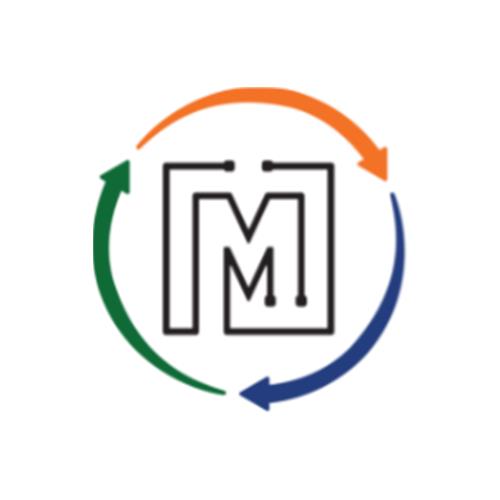If you’re in purchasing, you’ve probably heard of reverse auctions. But maybe you’ve dismissed them as too aggressive, too complex, or just not a fit for your category.
The reality? Reverse auctions are massively underutilized – but with the right reverse auction platform for procurement they can unlock real value.
This post breaks down what reverse auctions actually are, how to set one up effectively, and why more procurement teams are using them to save time and money, especially for direct materials like metal components and mechanical parts.
What is a Reverse Auction?
In a traditional auction, buyers compete to offer the highest price.
In a reverse auction, it’s the opposite: suppliers compete to offer the lowest price for a specific product or service. Buyers set the terms/conditions, suppliers submit bids, and prices drop in real-time as vendors compete to win the business.
It’s fast. It’s transparent. And when scoped properly, it works.
When Should You Use a Reverse Auction?
Reverse auctions are especially effective when:
Specs are clear and well-defined
The spend is significant enough to attract competition
There are multiple qualified suppliers
You want to inject speed and transparency into the process
Common categories include:
Metal & mechanical components
Made-to-order parts
Fasteners and hardware
Packaging
Indirect items like PPE or MRO
How to Set Up a Reverse Auction the Right Way
A successful reverse auction isn’t about driving prices into the ground—it’s about creating a competitive environment where suppliers can win fairly.
Here’s a simplified checklist:
Start with a clean spec
Engineering drawings, tolerances, materials, and volumes should be clear.
Pre-qualify your suppliers
Only invite vendors who meet quality and delivery requirements.
Set fair bidding rules
Minimum bid decrements, time extensions, and blind vs. ranked bidding.
Communicate expectations upfront
Share total volume, award criteria, and post-auction steps.
Run a test or dry run
Especially useful for first-time participants or internal stakeholders.
Why Procurement Teams Are Turning to Reverse Auctions
Done well, reverse auctions can:
Deliver cost savings of 10–25% in a single event
Accelerate cycle times from weeks to days
Increase supplier transparency
Level the playing field for new or smaller vendors
Bring data to the conversation instead of just relationships
It’s not about beating up suppliers. It’s about creating an efficient, fair, and modern way to source. A reverse auction platform for cost savings ensures teams not only cut expenses but also gain process efficiency and data-driven insights.
Real-World Wins
Machine shop based in United States reduced tooling costs by over 11% worth over $400,000 in savings
Global supply chain company reduced high-pressure die casting component costs by 14% worth over $650,000 in savings
Sourcing company based in India reduced machining component costs by 7% with better payment & delivery terms
For more examples, visit www.meshworks.com/customer
Curious if Reverse Auctions Could Work for You?
At MESH Works, we help procurement teams run sourcing events that actually work—from quoting to auctions to award. Our reverse auction software is built for manufacturers and sourcing teams who want both efficiency and savings.
If you’re exploring ways to run more competitive, transparent, and efficient sourcing events, let’s talk.
→ Reach out to learn how reverse auctions can drive real results.





